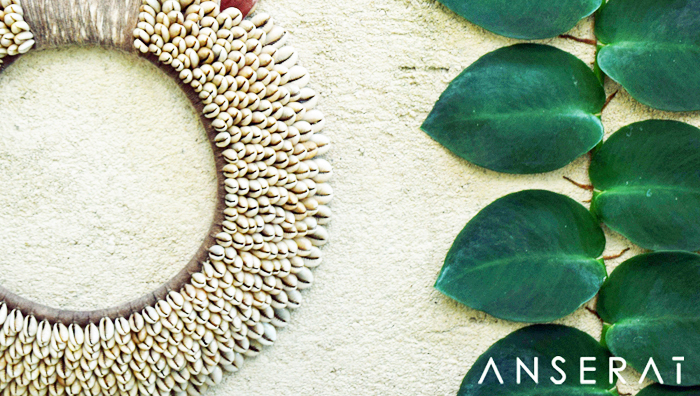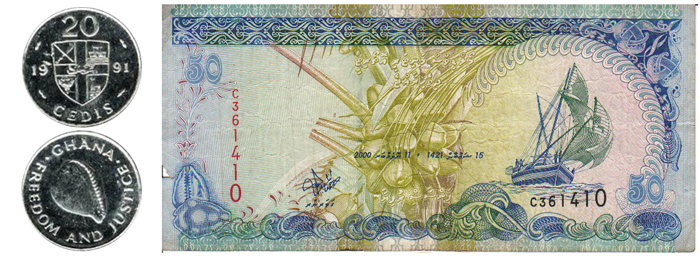One of my favourite elements of Anserai’s first collection is our range of unique and all natural tribal shell necklaces sourced from Papua, in the very east of the Indonesian archipelago.
While sourcing some of these necklaces from a trader in Bali, I discovered the history of the cowrie shell and how it was one of the world’s earliest forms of currency.
From China three thousand years ago, to Western Africa around a century ago, the humble cowrie greased the wheels of commerce. In parts of Papua New Guinea (the other half of that giant island on the map above) it’s even legal tender still today.
This resulted in the common name used today, Money Cowrie (or Cypraea Moneta if you want to get all fancy-like).
They were often strung in factors of ten, on pieces of cane or rope, and the further from the coast they were taken the higher their value. A whole string would be traded for a family’s dinner on the coast, but in the highlands far away from the source people would eke them out one at a time.
This image above shows cowries strung onto pieces of cane, from the Duke of York Islands in East New Britain Province, Papua New Guinea. But in Papua often different tribes used different types of shells, creating a smorgasbord of traditional currencies, each of them worthless in foreign tribal lands.
I find it fascinating that such a simple everyday object had such a huge impact on the world – over time it featured in the major trade networks of Africa, South Asia, the Americas and East Asia.
Such is its enduring legacy, the traditional Chinese character for money is derived from a pictograph of the cowrie: 貝. The Maldives were a major export hub for the shell and include it on their rufiyaa banknote illustrations, and the 20 cedis coin in Ghana features one, nodding to its role in the country’s currency until the early 20th century.






